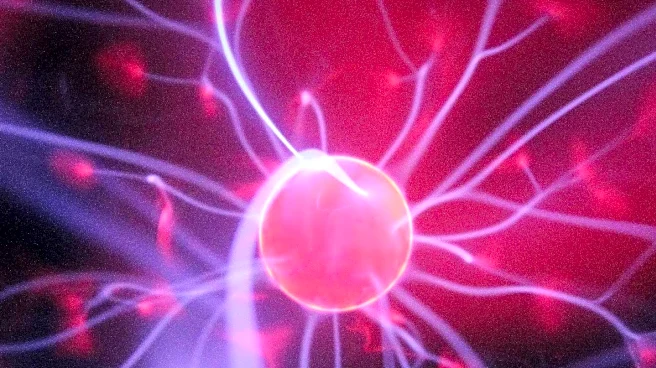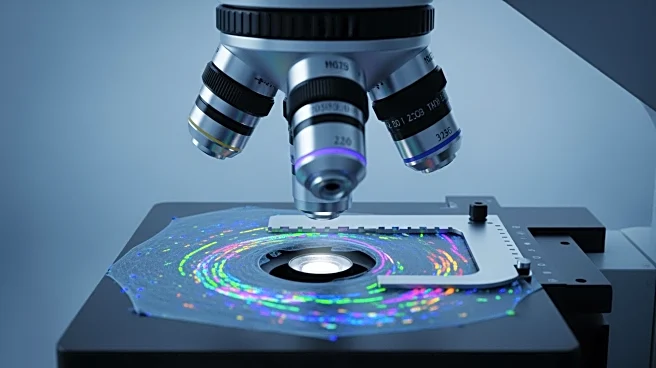What's Happening?
A recent study has identified a connection between shyness and spontaneous activity in the cerebellum, suggesting that this personality trait is linked to the brain's sensitivity to social threats. Published
in the journal Personality and Individual Differences, the research involved 42 university students who underwent resting-state functional magnetic resonance imaging (fMRI) scans. The study found that individuals with higher levels of shyness exhibited lower synchronized neural activity in the right posterior lobe of the cerebellum. This area of the brain, traditionally associated with motor functions, is now recognized for its role in emotional and social processing. The study also explored the Behavioral Inhibition System (BIS), which is associated with avoidance motivation and sensitivity to potential punishment, finding that it mediates the relationship between cerebellar activity and shyness.
Why It's Important?
The findings of this study are significant as they offer a new perspective on shyness, framing it as a form of emotional intelligence rather than a social deficiency. By understanding the neural basis of shyness, researchers can better appreciate the trait as a meaningful difference in how the brain balances safety and connection. This insight could lead to more compassionate approaches to addressing shyness, potentially influencing therapeutic strategies. The study suggests that targeting the Behavioral Inhibition System through therapies could help reduce shyness, offering a pathway for personalized interventions that improve social functioning. This research also challenges previous assumptions about the role of the prefrontal cortex and amygdala in shyness, highlighting the cerebellum's unexpected contribution to emotional and social responses.
What's Next?
Future research may focus on exploring how training or modulation of the cerebellum and BIS-related circuits could reduce excessive social inhibition. Techniques such as neurofeedback and real-time fMRI might be employed to help individuals gain more control over their behavioral inhibition responses. Additionally, researchers plan to investigate different subtypes of shyness, such as 'positive shyness' and 'fearful shyness,' to determine if they involve distinct neural patterns. These efforts aim to refine therapeutic approaches and enhance understanding of the complex interactions between brain systems, personality, and experience.
Beyond the Headlines
The study's findings encourage a reevaluation of shyness, promoting a view that recognizes the trait's potential as a form of emotional intelligence. This perspective could influence cultural attitudes towards shyness, fostering greater empathy and understanding. The research also underscores the importance of considering the cerebellum's role in emotional processing, which may have broader implications for studying other personality traits and emotional disorders. As the study's sample size was limited to university students, further research is needed to generalize the findings to the wider population.











